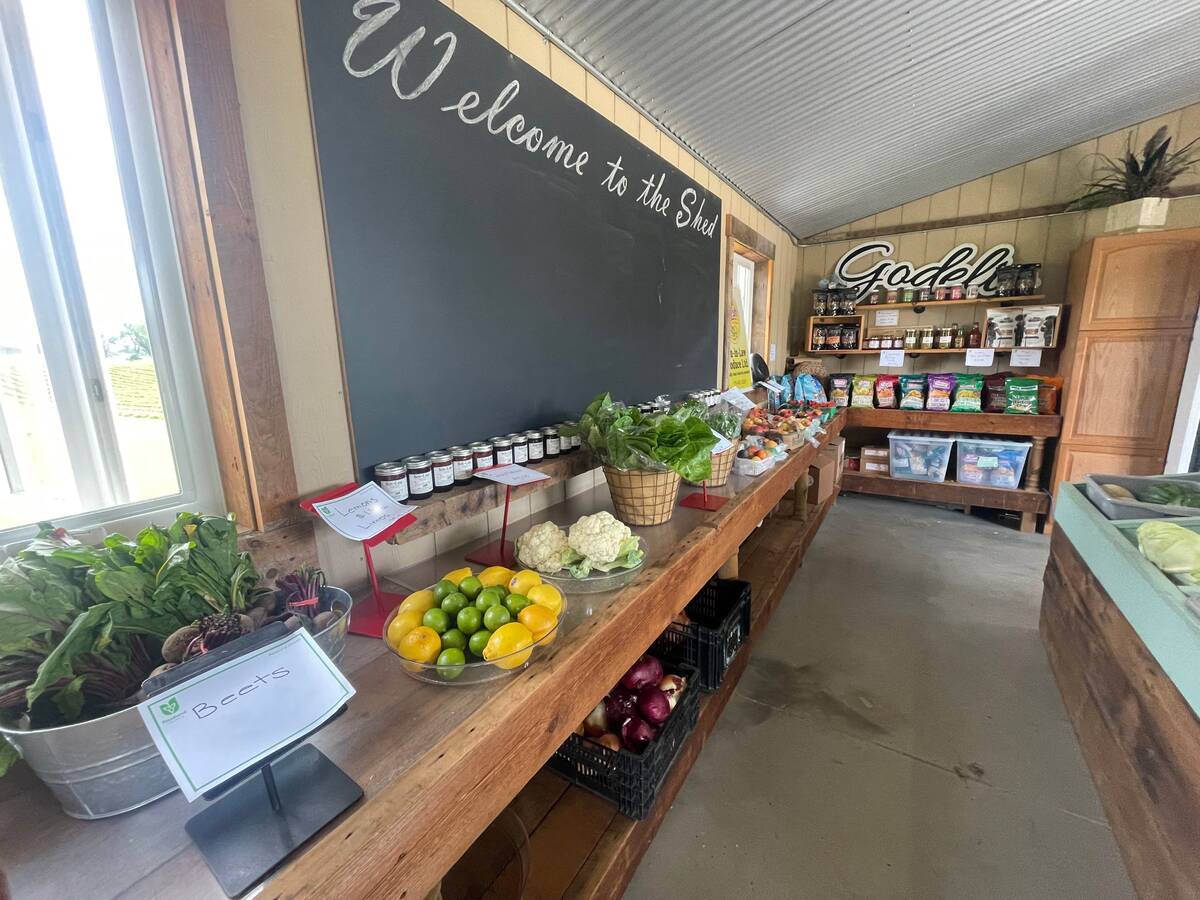Walking into the grocery store in the past few months has become a source of anxiety for many Canadians. I know my heart skips a beat when I see the grand total at the bottom of the receipt, which seems to climb higher with every store visit despite not making any significant changes in what I am buying.
In fact, like many Canadians, I’ve had to forego some “would like to have” items at times to make up for the cost of other more essential items. In all honesty, I’m beginning to wonder just how much higher my bill will get.
A recent discussion with my in-laws, who are currently in Florida, shows the situation isn’t any better south of the border. At their local Wal-Mart, a dozen eggs cost US$8, and a loaf of bread was US$4.79.
Read Also

Ontario farms are a small business backbone but red tape delays and obstacles hinder growth
Farms are part of Ontario’s small business backbone, whether Ontario-grown livestock, grains or horticulture foods and farm products are bought on-farm, at a local market, or at the local store.
While the cost of eggs seems ridiculous it’s largely due to the fact that avian influenza has severely reduced the U.S. egg inventory. According to the United States Department of Agriculture (USDA), nearly 43 million egg layers were culled due to the virus in 2022. The USDA said egg prices were 267 per cent higher during the week leading up to Christmas than at the beginning of the year and 210 per cent higher than the same time a year earlier.
Soaring grocery prices are leading some to skip meals altogether. Carman Allison, vice-president, Thought Leadership, North America NielsenIQ, a company that monitors consumer buying behaviour, said in a presentation at the Dairy Farmers of Ontario annual meeting last month that going without food because it’s unaffordable is something his organization has not seen before, and it’s on the rise.
A November 2022 report from Feed Ontario, the province’s largest collective of hunger-relief organizations, showed a 64 per cent uptick in first-time users of food banks in the province. First-time visits were monitored between April 1, 2021 and March 31, 2022. This is well before the effects of Russian invasion on the Ukraine in February 2022 started to resonate.
Nearly 46 per cent of first-time users cited the cost of food was the biggest reason for using a food bank. High housing costs was the second-highest reason (13.2 per cent of first-time users).
This has added increase pressure on food banks to meet the growing demand, but Feed Ontario said that “there is a concern that the need in the province may outpace the capacity of the provincial food bank network.”
It noted a recent survey of 140 food banks revealed that two-thirds of them have experienced a noticeable decrease in food donations, and that one in five have not been able to purchase the same volume of food due to higher food prices.
It’s a terrifying thought to have to choose between eating or keeping a roof over one’s head. But many people in this province, and throughout North America and around the globe, are having to make that decision. And with geopolitical tensions still ripe, it may only get worse before it gets better.
The danger of food insecurity is not only to human health and economies, but it is linked to increases in civil unrest.
When a country and its people cannot feed themselves, panic and desperation set in. We’ve seen ongoing conflicts in southern Africa where food costs were 40 to 50 per cent of average income well before the COVID-19 pandemic and the Russian-Ukraine war fractured global supply chains.
Many historians believe that the Arab Spring conflict in the early 2010s was sparked by a more than 30 per cent spike in grain prices that occurred in 2007-08. Middle-Eastern countries such as Egypt and Tunisia are heavily reliant on breads for sustenance and rely on imported grains.
Fractured supply chains will eventually be sorted, as long as further conflicts and political interference subside.
But now that China is emerging from its COVID-19 slumber, it has made increasing its food security priority number one. That could have disastrous consequences for the food security of other nations.
A recent report from the Canadian Agri-Food Policy Institute gives a good overview of why China will play an even bigger role in global food than it does already.
The hope is that China will take a “proactive role” in the development of sustainable international trade that will not only guarantee their own food security, but the security of its import suppliers and other countries as well.
However, the authors caution that the global markets “cannot supply China without drastically shorting other net importers — unless the sustainable net exporters can confidently and securely invest to regularly supply China.”













